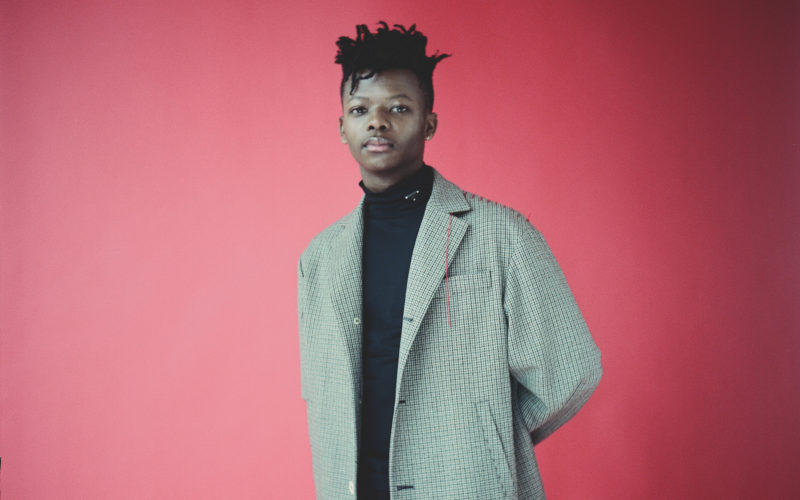“In a way, my hair is like my own form of activism within my field.”
This is Texture Talk, our long-running column that deep dives into the dynamic world of curly hair, from crowns of curls that are free flowing to strands that are tucked away in a protective style.
Siphesihle November — Siphe for short (pronounced “See-pay”) — has quite the origin story.
He hails from Zolani, a South African farming township east of Cape Town, where his natural rhythm captivated a visiting Canadian family when he was a child. The serendipitous encounter led to an audition for Canada’s National Ballet School, and at the age of 12, the young talent was accepted into the prestigious academy on a full scholarship, leaving his mother and siblings behind.
RELATED: Four Canadian Creatives On Their Signature Locs
November joined The National Ballet of Canada upon graduation and in 2021, at age 22, was promoted to principal dancer, making him one of the youngest principal dancers and only the second Black one in the company’s 72-year history. Here, November talks to FASHION about his journey and how his signature locs are integral to who he is as an elite Black male ballet dancer.
Locs are his one constant
I’ve had my signature hair look — shaved sides with free-flowing locs on top — since around the 11th grade. My locs are an extension of my personality, and I like the idea that they’re that one trademark about me, especially since I’m always wearing different clothing looks.
My personal style, which I would describe as minimalist and simple, is also a huge part of my self-expression. I like to think of fashion as me expressing myself without having to say very much; I’m not very social — I don’t really talk a lot — but I like the idea that people can identify or see what I’m about through what I’m wearing. That’s how I like to approach my style.
Open-minded bosses are key
I’ve been very lucky to have had kind and understanding directors at The National Ballet of Canada who have supported me and given me the freedom to find my own signature hair look as a Black classical dancer. In the past, there were conversations about whether I should wear wigs or not and what the performances would look like with my natural locs.
But now, as a principal dancer, I have the liberty to choose how I want to express myself — within limits. I think a big part of it is changing the narrative around the hairstyle — that locs can be clean. Another part is allowing a dancer with natural hair to be seen in their own light.
In a way, my hair is like my own form of activism within my field, and unless it’s a complete mess, it doesn’t take away from my dancing. And as opposed to me always having to defend that, I like to throw it back as questions to people who think otherwise: Did my natural hair affect my performance? Did it affect your enjoyment of it? Nine times out of 10, the answers are no, and I think we need to normalize that aspect of it more.
There are challenges, but that’s OK
I would say that moving to Canada and training at the National Ballet School was the goal, but ending up where I am today was unexpected in so many ways. I never thought that I’d get to this level as a dancer — I never knew that I could work this hard.
And what came along with my journey — the challenges, the roles, the social aspects of being a Black male dancer in the classical space — was really unexpected, too. They are things that I embrace every day, and I think that the more I lean into them, the more I’m able to find my purpose.
Leading the way feels good
A funny little story: A fellow dancer in Europe told me, “You inspired me to loc my hair.” And now he’s performing onstage with his own interpretation of the hairstyle. It’s quite interesting to see him expressing himself in that way and navigating what that means for him.
Right now, I’m happiest with the dialogue — the transparency and accountability — that I think many institutions are having. They are asking themselves “Are we open?” There’s a willingness to listen and a willingness to change, which is beautiful to see. I mean, the industry is nowhere near perfect, but I think what’s happening is the groundwork for greater things to come.
It’s just so dope to know that the next generation, which you don’t even have a personal connection to, will be in a better situation than the one you were part of. And being involved in that work — to be available to assist in any way — makes me proud and happy.
This article first appeared in FASHION’s Summer 2023 issue. Find out more here.
